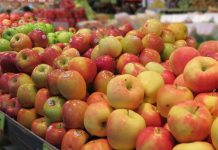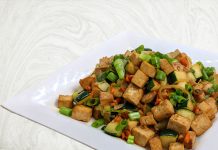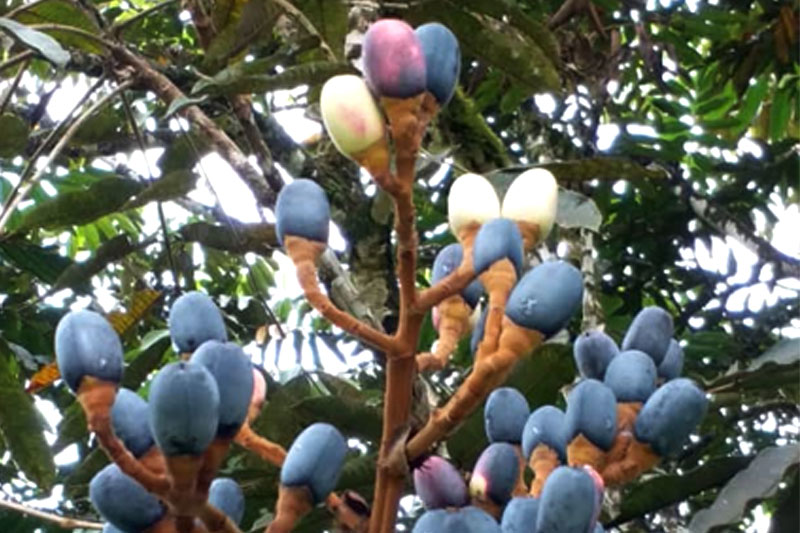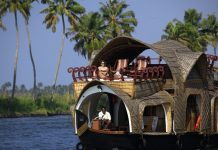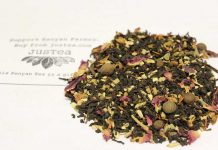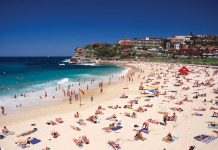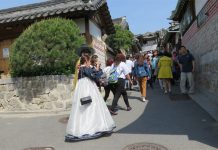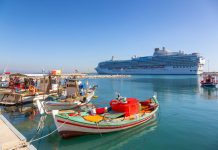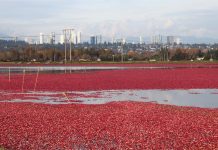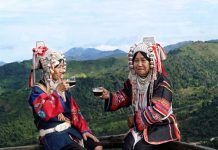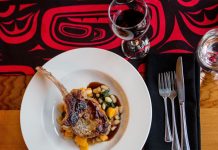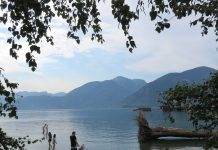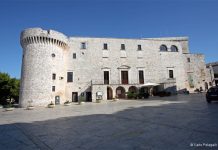Updated: January 05,2018
Google search for winter, cheese and chocolate . Guess what pops up near the top page of the search results? Switzerland – the birth place of winter tourism!
Magically Swiss
Sparkling lakes, quaint villages, snow-capped Alps, and sweeping vistas of the sapphire-tinted glaciers transform Switzerland into a magical wonderland in the winter. A postcard perfect example is the Alpine village of Arosa in Graübünden, the eastern-most canton(province) of Switzerland.
The picturesque health and ski resort of Arosa sits at the edge of the romantic Schanfigg Valley about 6,000 ft above sea level. Access to this idyllic village is by a windy drive snaking through mountain passes or climbing 3,300 feet on a 60 minute funicular rail journey through beautiful Alpine forest from Chur, the capital of Graübünden.
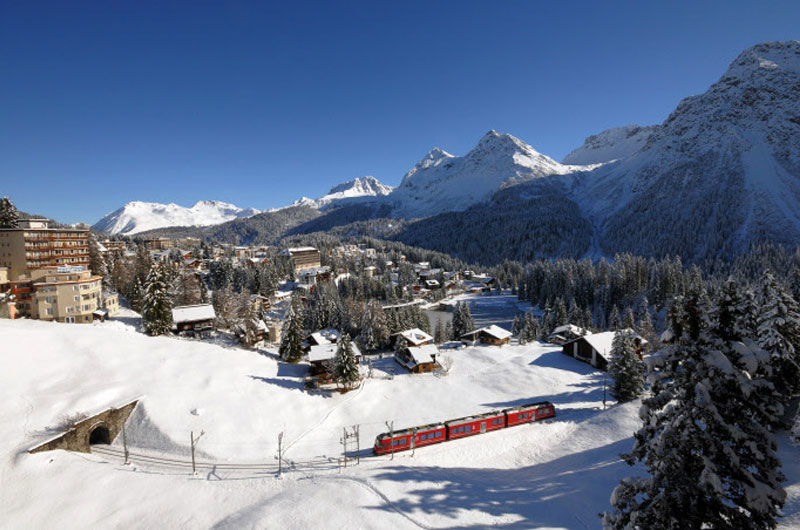
There is something magical about being in the Alps during winter – the crisp and pristine air, snow-covered conifer glistening in the brilliant sun, and alluring glacier peaks contrasting against the blue sky.
Switzerland is home to Western Europe’s largest glaciers, and has the most number of peaks in Europe reaching over 13,000 feet high.
Aletsch Glacier, is the largest glacier in the region, covering more than 45 square miles. It’s located east of the Gemmi Pass, between the cantons of Bern and Valais on the Bernese Alps.
With climate change, Swiss scientists said that the large expanse of ice could vanish by 2100.
Snow is still guaranteed in many high-altitude Swiss ski resorts in the winter. Every January, the Ice Snow Football championship takes place in Arosa. From January 10 to 11, 2019, the resort will host the 8th in-official snow football world cup.
The Swiss are known for their innovations when it comes to developing large scale winter sports. In 1883, Davos (appox. 56 miles from Arosa) held the first toboggan race, which laid the foundation for bob-sleighing. The first Olympic bobsleigh run was pioneered in neighbouring St. Moritz in 1929.
No trip to Switzerland is complete without a taste of its gastronomy
Swiss Cuisine
Discovering the diversity of Swiss cuisine involves a culinary adventure through its 26 cantons or provinces. Four distinct regions make up the country — and each offers its own unique flavours — German, French, Italian and Romansh.
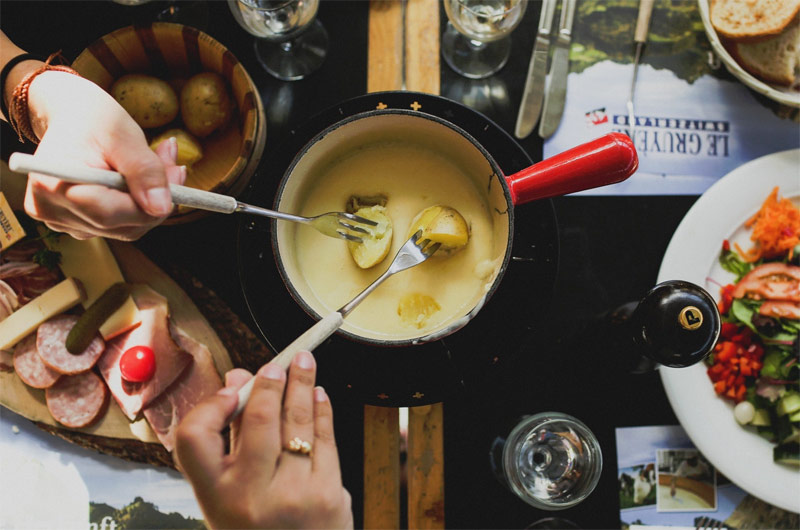
Fondue and Raclette are found everywhere, and their tastes vary from village to village. The cheeses pair well with a variety of fine local white wines. Cured air-dried meat (Bündnerfleisch or Viande des Grisons) is another delectable Swiss specialty. The meat is treated with white wine, seasoned with salt, onion and assorted herbs, then left to cure in an airtight container for a couple of weeks, after which, it is naturally dried in the clean mountain air.
Swiss cheeses and chocolates are world renowned for their quality and consistency. They are the pride of Swiss culinary. During the 2010 Olympics in Vancouver, the House of Switzerland served four tonnes of Swiss cheese and two tonnes of chocolate.
Happy Cows Produce Delicious Milk
The cheese selection in Switzerland is mind boggling with over 1000 selections to choose from. The secret to their delicious cheeses and chocolates is in the milk.
Dairy cows are fed with natural food like dried hay in winter — and in summer, they happily graze on alpine meadow grass and herbs — thus the milk is more flavourful. Dairy farms are mostly family or community operated and industrial farming is almost non-existent in Switzerland.
More information on winter in Switzerland or Swiss food and wine, go to My Switzerland.



